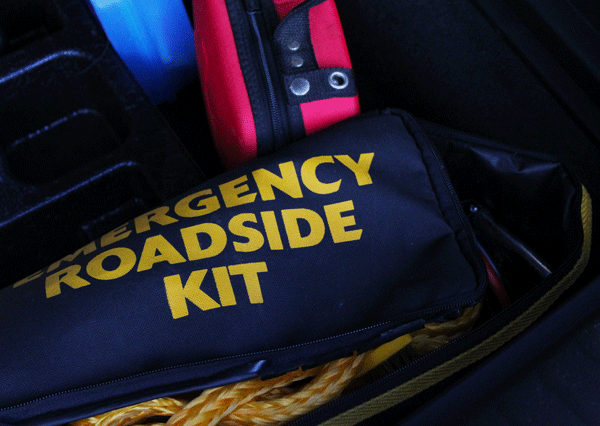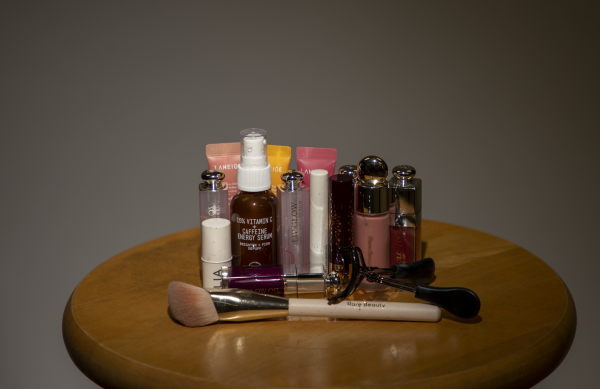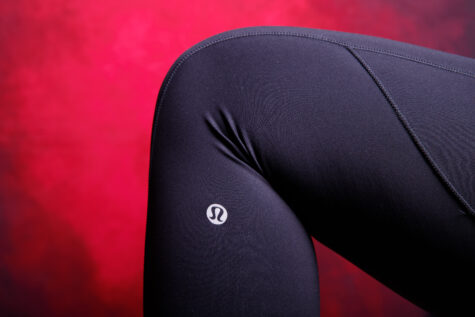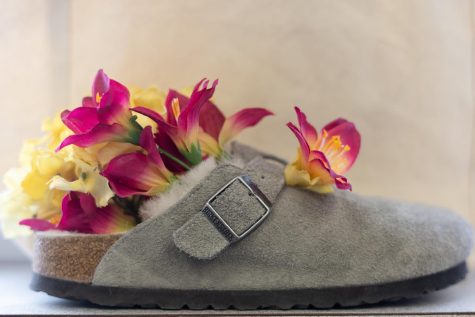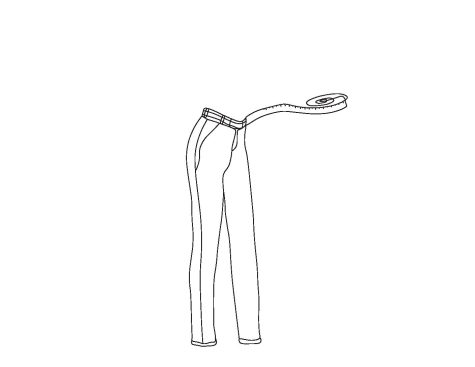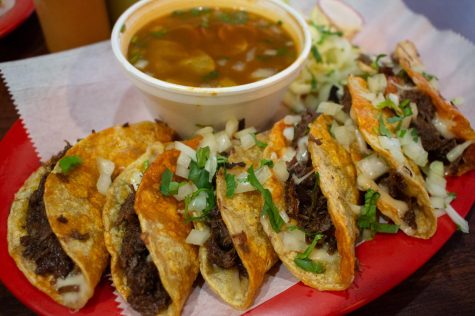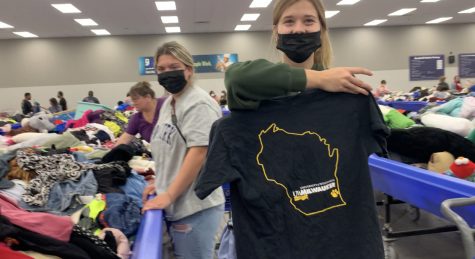Essentials for Packing a Car
There are more important things to have in a car other than license and registration.
Almost everyone looks forward to driving a car during their high school career. Getting behind the wheel opens up so many more possibilities for people compared to having a parent or older sibling drive. Once parents hand over the keys, it is important to know the essentials.
Knowing the ins and outs of a vehicle makes it easier to manage. Reading the manual helps someone gain familiarity with the features, buttons and upkeep of the car. At first glance, however, all of the informative content in one little booklet can be overwhelming. But, knowing where a simple button is ahead of time can save the frustration while on the road. Manuals give insight as to what certain warning lights mean, how to check fluids and tire pressure, as well as different tips to keep the car running as efficient as possible. The more background knowledge provided, the more comfortable driving will be.
The Essentials:
First Aid Kit
Having different medical supplies inside the car is beneficial to all passengers. Kits can be stored in the back of the car or in a glovebox for accessibility. A variety of band-aids, gauze, antiseptic creams and even aspirin or Tylenol can all be found in one place. Some kits also include a small pair of scissors, tweezers and tape in case someone in the car needs them. The Tripworthy Compact First Aid Kit for Medical Emergency costs 20 dollars, but can be kept in the car and reused and restocked when supplies get low.
Tow Strap
According to Driver Knowledge, an average of six million car accidents happen every year. Be it from other drivers, distracted driving or the weather, a set of tow straps can save on towing expenses. Tow straps are made up of nylon with hooks hard-sewn into each end and should be used in climates where getting stuck in snow or mud is common.
- Attach one side of the strap to the rear of the pulling vehicle. There should be a mounting point located on or near the rear bumper or use a trailer hitch if one is handy.
- Now attach the other hook to the mounting hook located on the front of the vehicle that is being towed. This time there should be a tow hook or a strong steel loop mounted just underneath the front bumper.
- Get inside the stuck vehicle and change the gear to drive.
Extra Clothes
Extra layers of clothing are often forgotten when an emergency occurs. Keeping clothes stashed away can help people survive the elements if an accident was to occur, but it is also nice having it on hand for side-of-the-road lunch breaks, outdoor events or unexpected weather changes. Rotating between a bag of winter clothes like sweatpants and sweatshirts, and a summer bag containing shorts and t-shirts can save a trip back home.
“It’s always nice to have a set of extra clothes in the car,” junior Kyle Bukowy said. “You never know when it might rain or when an unexpected bonfire or swim party happens.”
The Minor Essentials According to Upperclassmen (ranked):
- Extra Money
- Phone/Portable Chargers
- Packaged food and snacks
- AUX cord
- Deodorant/Body Spray
- Sunglasses
- Wet Wipes
- A blanket
- Plastic bags
- Reusable water bottles
- Umbrella
- Chapstick/Makeup
- Pepper Spray
- Emergency Numbers
- Pen and Paper



